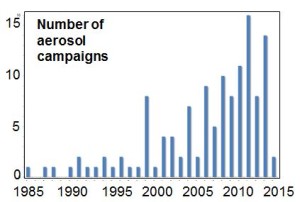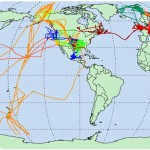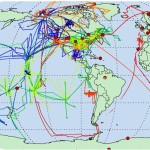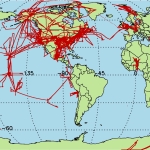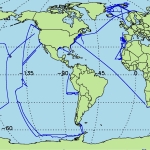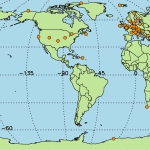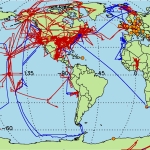Model-ready observations to aid climate research
The GASSP project aims to create the largest ever model-ready database of global aerosol microphysics measurements. Although several measurement networks already provide access to high quality well-documented data, a project like GASSP is still needed because:
- Vast amounts of in-situ data exist outside major measurement networks, mostly held by individual investigators.
- Observations are often held in many different data formats, which makes it difficult to automate the process of model-observation comparison, especially for large scale models where data from multiple networks is required.
- In many cases the necessary metadata (e.g. location data, temperature, pressure) has not been merged with the aerosol measurement data, so multiple files need to be read to interpret a single output.
The GASSP database is an extensive collection of in situ measurements that can provide detailed information about aerosol microphysical properties such as particle number concentrations, size distributions and chemical composition. GASSP includes data from many measurement networks as well as additional data gathered from our network of collaborating experimentalists.
Source data
The dataset combines data from ground, ship and aircraft platforms from 1995 to present day, and contains the following data categories:
- NUM: total aerosol number
- NSD: aerosol number size distribution
- COMP: aerosol composition
- CCN: cloud condensation nuclei concentration
- BC: Black carbon mass
All data has been is stored in a standard NetCDF format with rich metadata. Data are held at the Centre for Environmental Data Archival (CEDA) in the UK. A data access protocol is currently under development.
Global coverage of aerosol measurements used in GASSP
As of October 2015, we have collected and processed data from 130 field campaigns and 270 ground stations. The datasets cover particle concentrations (CPC), size distributions, black carbon concentrations (SP2), CCN concentrations at several supersaturations, aerosol composition (AMS) and PM2.5.
The dataset of aerosol measurements being used in GASSP is changing all the time. Click on each thumbnail below to scroll through maps for various aerosol quantities.





